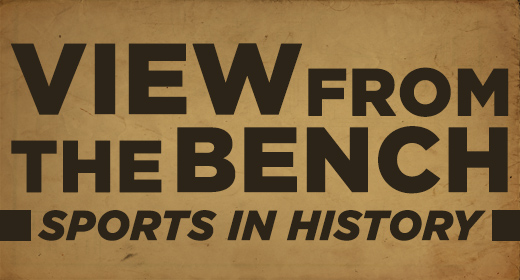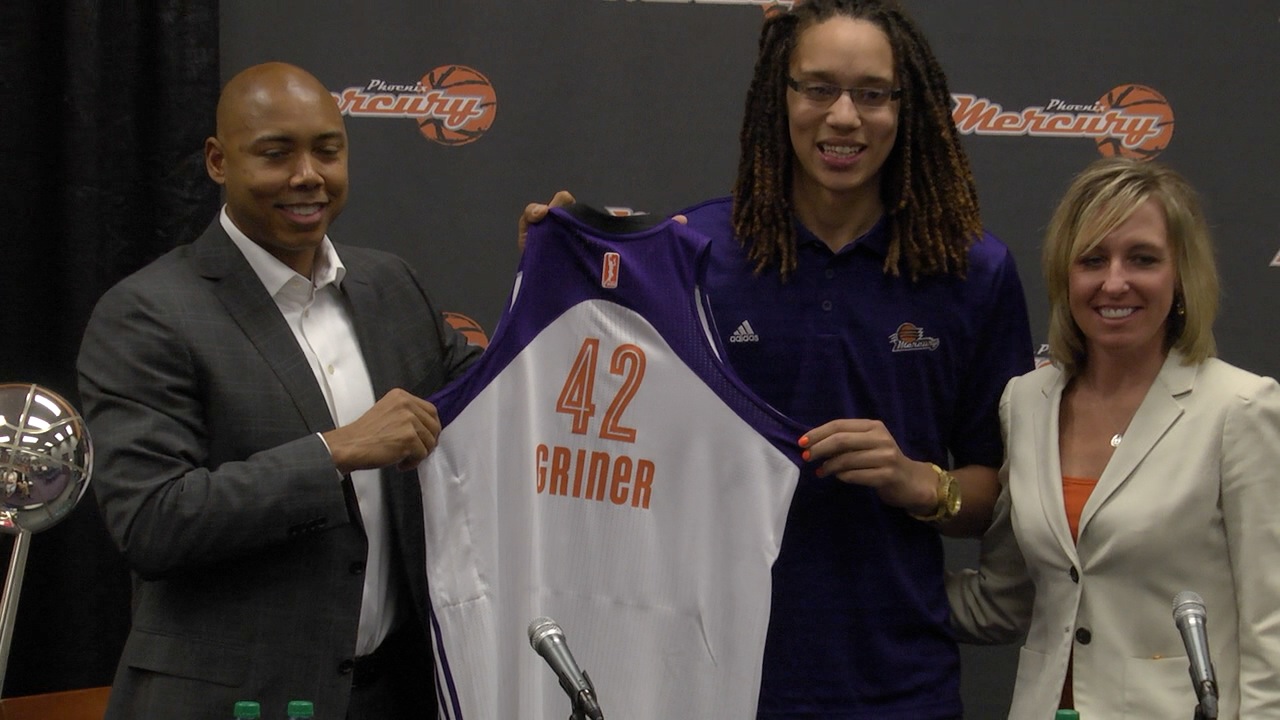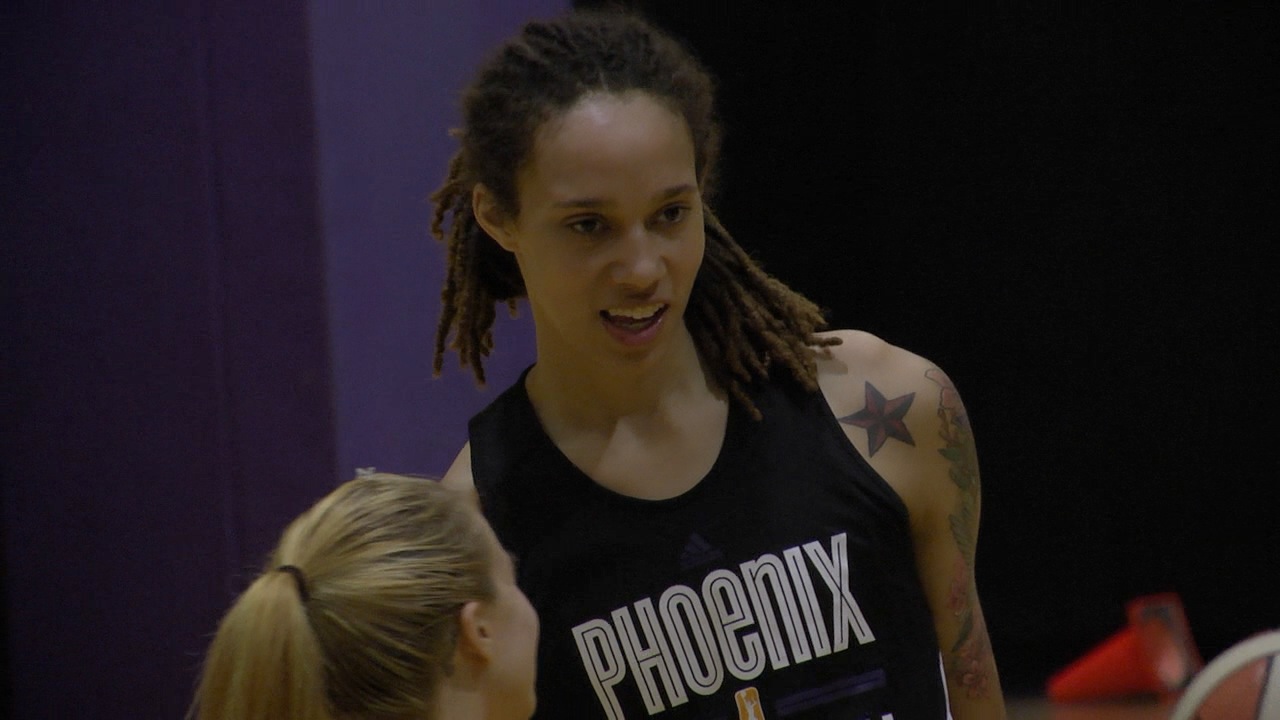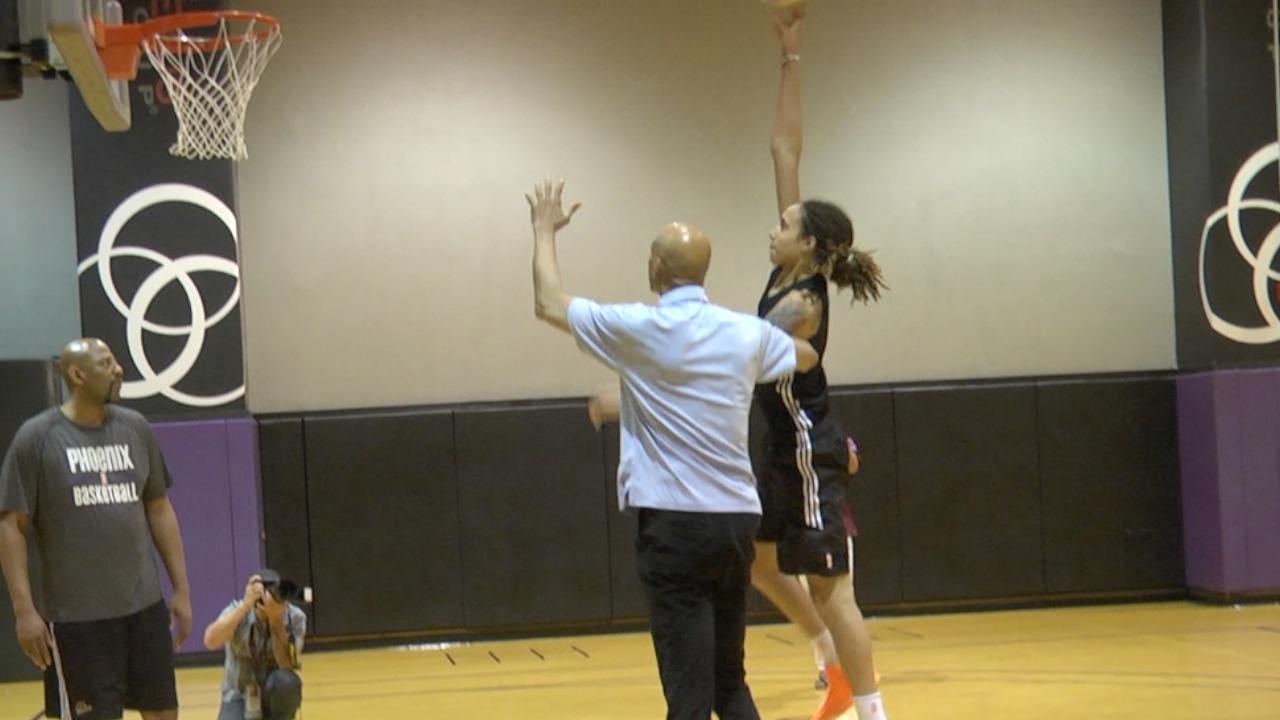Imagine a basketball player that comes along once every few generations. One that stands taller than almost all the rest but who possesses the agility of those destined to play more of the ball handling positions. One who could dunk over all competitors but could also hit a mid-range jump shot. Visualize a force down low that through presence alone, would cause other teams to alter their game plan away from the paint. Imagine that player having the ability to redefine excellence. Imagine that player heading to Phoenix.
Dateline—-March 19, 1969 (four months BEFORE Neil Armstrong set foot on the moon)
The Milwaukee Bucks finished their inaugural NBA season (1968-69) with an Eastern Conference record of 27-55, a full 30 games behind the first place Baltimore Bullets. The Suns first season was even worse, finishing 39 games behind the Western Conference Champion Lakers, after compiling a dismal record of 16-66.
NBA Commissioner J. Walter Kennedy presided over a conference call from New York while Suns General Manager Jerry Colangelo listened in from his office in Phoenix and the Bucks brain-trust listened in from Milwaukee. At stake were the draft rights to a player whose skill set had not previously been seen.
So dominant was UCLA’s Lew Alcindor (more recognized as Kareem Abdul Jabbar), that the NCAA invoked the “no dunking rule” in 1967, believing that to allow him to dunk would create an unfair advantage. To be fair, others (including legendary UCLA Coach John Wooden) were quoted as having said that the rule was created to reduce damage to rims and backboards, and perhaps that is the true basis for the rule. But time has caused it to be known as the “Lew Alcindor Rule” and it cannot be ignored that its timing coincided perfectly with his enrollment at UCLA, and ended in 1976, well before the spring-loaded rims of the present were invented.
A flip of a coin was used to determine the draft order for the first and second pick of the 1969 draft, and the league-worst Suns were given the option of picking heads or tails. They made their choice after having conducted a poll of the fans who, by their majority, voted in favor of “heads.” The Commissioner tossed the 1964 Kennedy half dollar coin into the air and reported the result. Milwaukee cheered while Phoenix teared. There was no ESPN to cover the draft a few months later but it is likely that the following words were announced: “With the first pick of the 1969 NBA draft, the Milwaukee Bucks select 7’2” Center, Lew Alcindor, UCLA.”
With the number two pick, the Suns selected Neal Walk, a 6”10” center from the University of Florida whose number (41) is the only to have ever been retired by the Florida Gator basketball program. Jabbar went on the become the NBA’s all-time leading scorer; Neal Walk went on to become a footnote regarding the “coin flip,” lasting only seven years in the NBA, five of which he played for the Suns.
In Kareem’s first season (1969-70), Milwaukee virtually reversed its prior season record and finished in second place with a 56-26 record, just behind the eventual World Champion New York Knicks. Phoenix improved as well, finishing with a record of 39-43. One year later and in only Kareem’s second year in the league, he was joined by eventual Hall of Famer Oscar (The Big O) Robertson, and the Bucks won it all, finishing the regular season with a 66-16 record. While the Suns also improved to a winning record, they did not then or any time since win the title.
Dateline—April 15, 2013
The 2012 WNBA season ended with the Phoenix Mercury sporting the second worst record in the league, winning just 7 of their 34 games and finishing an astounding 20 games behind the Minnesota Lynx. However, the worst record in the league was held by the Washington Mystics, who finished 5-29.
Just as in 1969 in the NBA, the team with the worst record in the WNBA did not secure the first pick. The Mercury won the lottery held in September, 2012, and knew that in mid-April, 2013, they would hold the top pick in the draft. The Phoenix Mercury management team did not have to rely upon the luck of a coin-flip but benefitted just as much by good luck in the lottery as did the 1969 Suns suffer bad luck in the flip of a coin. But in an effort to find balance in the universe, let’s assume that another 1964 Kennedy half dollar coin was flipped in the air in September of 2012 and this time, it landed with the image of John F. Kennedy facing up immediately after the Mercury brass called “heads.”
The 2013 WNBA draft took place on April 15, 2013 and, once again, at stake were the draft rights to a player whose skill set had not previously been seen. Gone were the Phoenix ghosts of the coin-flip draft of the past when WNBA President, Laurel Richie, announced that with the first pick of the 2013 WNBA draft, the Phoenix Mercury selected Brittney Griner, 6’8” Center, Baylor University. The tears flowed again in Phoenix, but this time they were all part of the cheers of happiness.
As of 1969, the NBA had never seen the likes of Kareem (with his combination of size, finesse and athleticism) and, with a few possible exceptions named Duncan and Olajuwon, have not seen anyone like him since. As of today, the WNBA has not seen the likes of Brittney Griner. She will be joined by Diana Taurasi, who will undoubtedly complement Griner’s game the same way “The Big O” benefitted Kareem.
So, as the thermometer’s mercury rises with the coming of summer in Phoenix, get ready to watch history be created as the Mercury rise in Phoenix when the “Griner Era” commences. And Kareem, save a seat for Brittney. One day she will be joining you in history.
Related posts:
Bruce Richard
Arizona resident for 30+ years and avid sports fan since as long as I can remember. I possess a lifelong passion for sports and it's great traditions.



